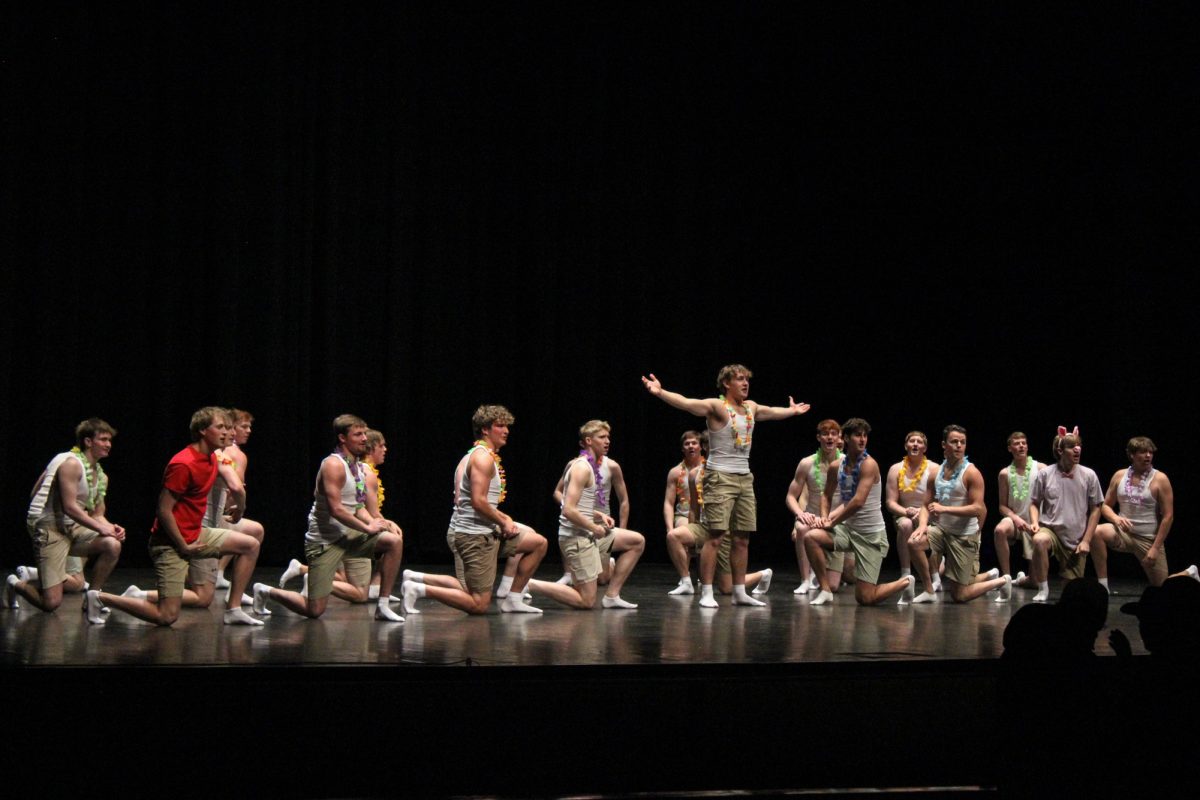Women play an important role in the 2012 election
October 24, 2012
The “year of the woman,” coined in 1992, was a year of record-breaking statistics for women in politics. Today, records are being broken again; specifically in the U.S. House and Senate.
According to the Center for American Women and Politics Election Watch, 18 women won the primaries for the Senate this year (12 Democrat, 6 Republican), topping the previous record of 14 (9 Democrat, 5 Republican). Women winning primaries for the House came to 163 (116 Democrat, 47 Republican), compared to the previous record of 141 (88 Democrat, 53 Republican).
Valerie Hennings, assistant professor in political science, said that due to redistricting, the electoral contract has changed, opening more seats and providing more opportunities for newcomers, in this case, women, which has allowed for the “shaking up of the electoral context.”
Hennings said that as office holders, women tend to support issues that concern women and families, such as education, health and reproductive issues. They see themselves as representative to not only their constituents but all women.
She said perhaps these increases in women running for office and winning primaries indicates a shift in the recruitment process, or perhaps successful campaign training programs for women. Women not only running for, but being elected to office, is an increasing trend which may be a sign of progress for women.
In addition to this year’s significance for women in office, women are also playing a key role in the election process for the presidential debate. Hennings said women’s role as political actors in the 2012 election are important because of certain voting behaviors, such as their tendency to be “late deciders.”
Women make up the majority of late deciders, making them a key target for candidates in the last few weeks of the election. In addition, women also make up a higher proportion of “swing voters”: Those people whose vote could swing either way; again making their vote truly influential to the election, resulting in candidates specifically tailoring their message to speak to women.
Dianne Bystrom, director of the Carrie Chapman-Catt Center for Women and Politics, said people tend to see the Democratic candidate making appeals to women to make the gender gap as large as possible, while the Republican candidate makes appeals to narrow the gap.
Bystrom said this year, President Barack Obama has been a lot more aggressive in targeting women compared to 2008 for two reasons. In 2008 his base of support was young and new voters. This year, polls show those voters are not as excited for this round as they were in 2008, making them fairly unreliable.
The second reason is something Bystrom calls the “Hillary factor”: In 2008, there were still a lot of women supporting Hillary Clinton and were upset she was not on the ticket as a presidential candidate or even as a vice-presidential candidate. Obama “tip-toed” around appeals to women because he had to be mindful of the fact there were still a lot of women that were upset Clinton was not the presidential choice, Bystrom said.
Now that Clinton is part of his administration and they work well together, Bystrom said, Obama’s main target is no longer young and new voters. Therefore, she said he can make an “all-out effort” to target women voters beginning with the “war on women,” launched with the Affordable Care Act.
These decisions to direct attention to women do not mean women’s votes are deemed more important but because this is a strategy to win the race, Hennings said.
“A vote is a vote,” Hennings said. “Their priority is to win.”






